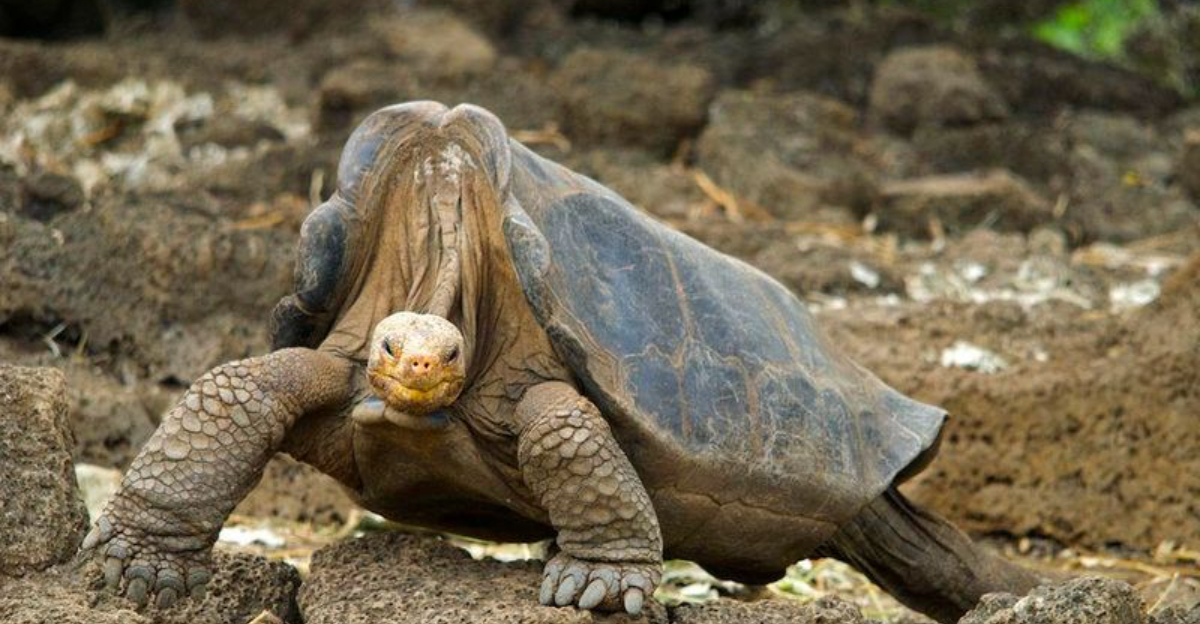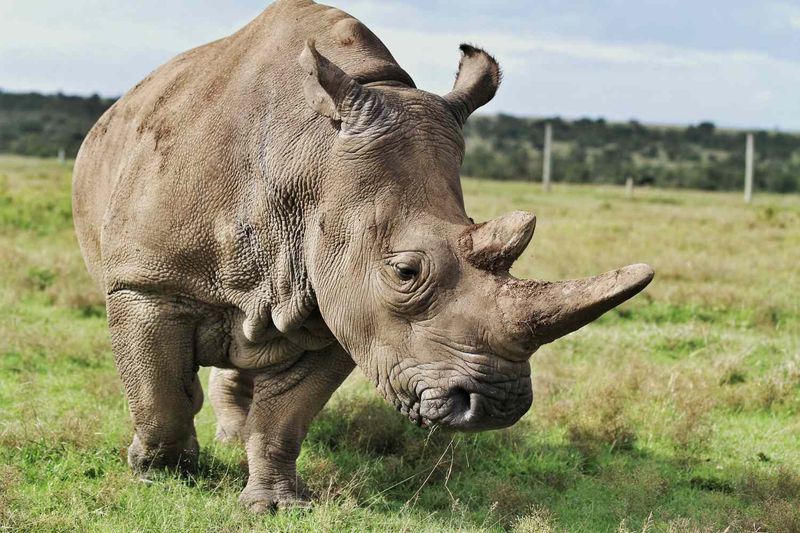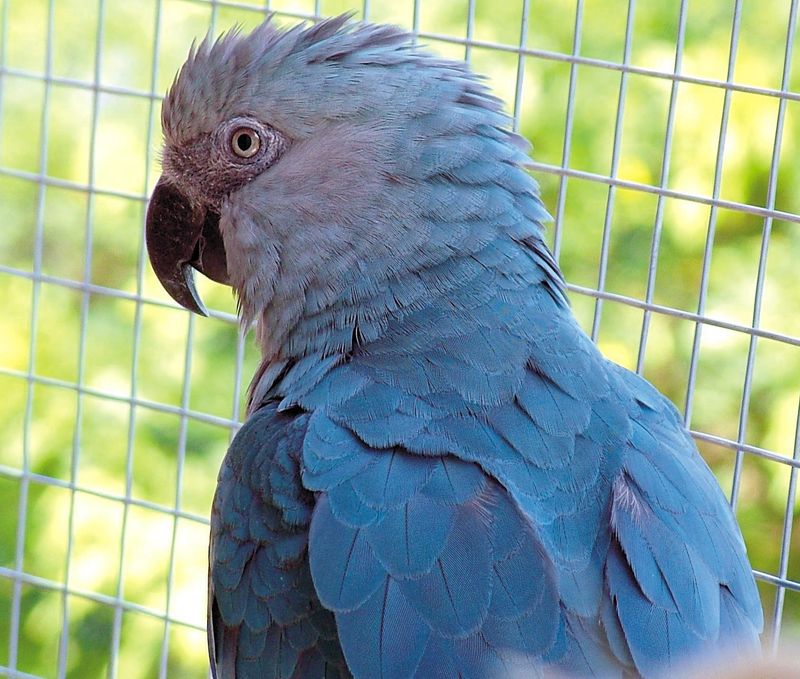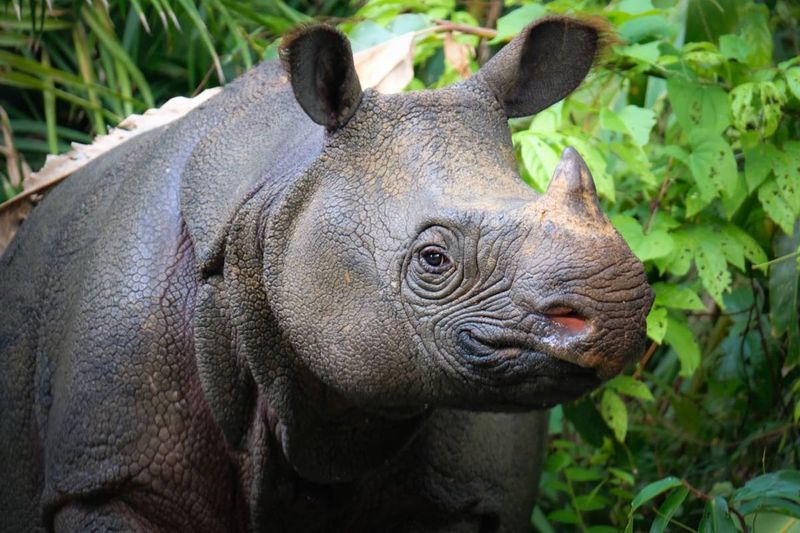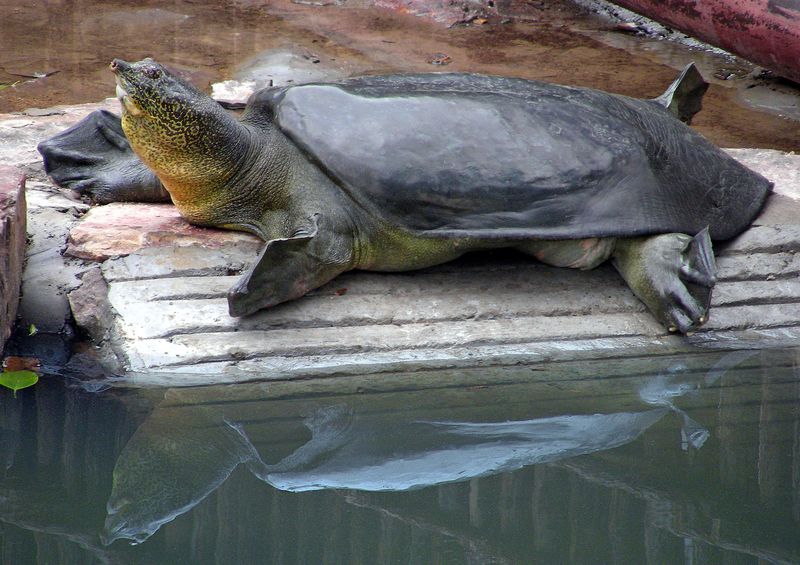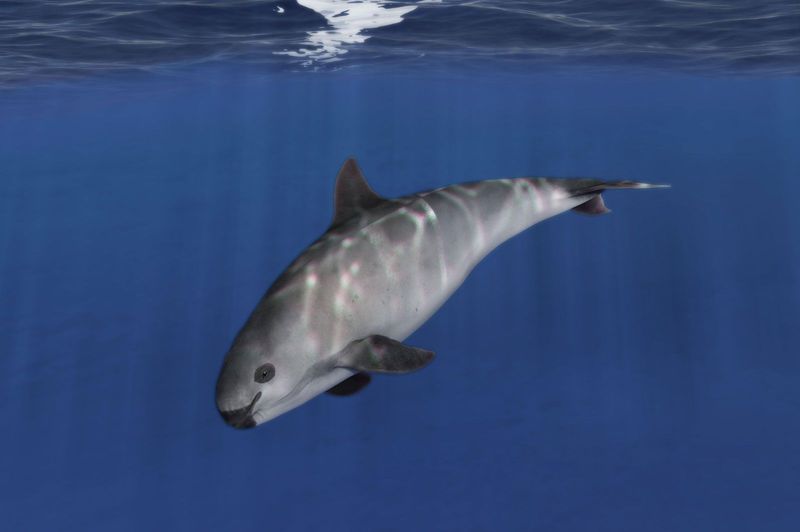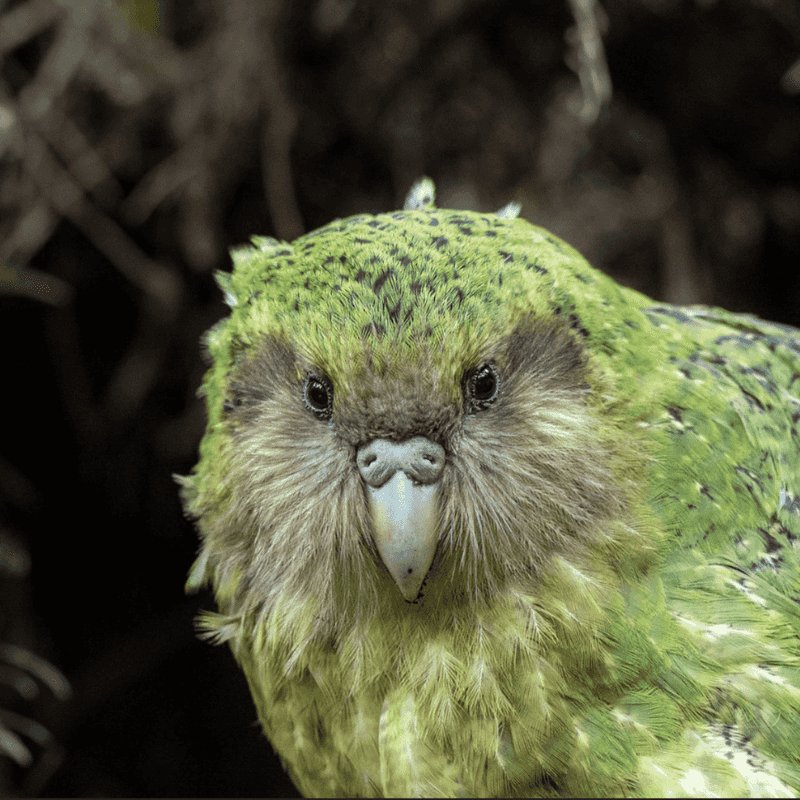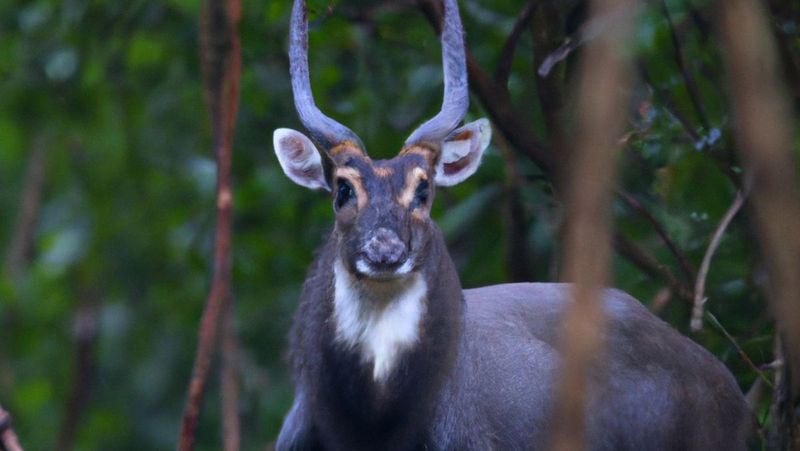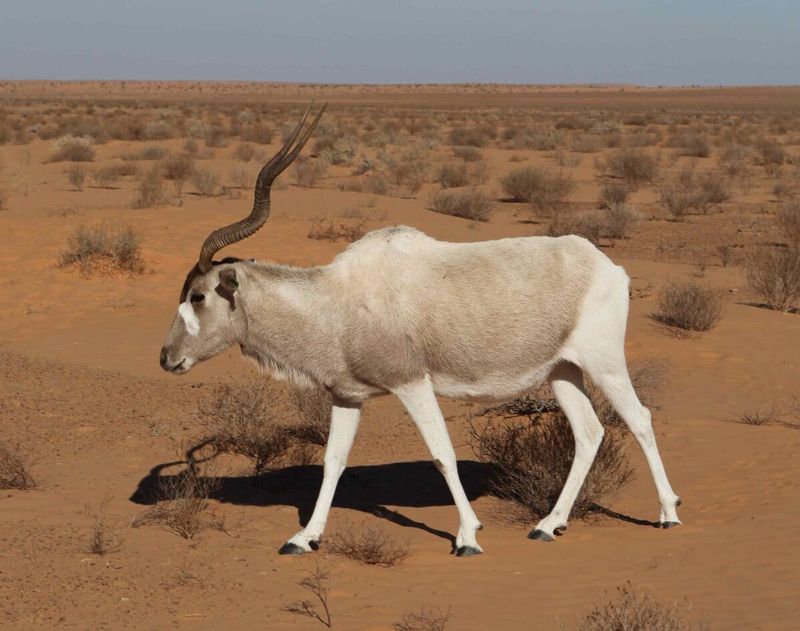📖 Table of Content:
The natural world is home to remarkable animals that stand as the last representatives of their kind, embodying the resilience and fragility of life. Each of these unique creatures tells a story of survival, adaptation, and the forces of evolution that shaped them. Their existence offers a rare opportunity to glimpse the complexities of biodiversity and the delicate balance that sustains it.
From remote islands to hidden corners of the wilderness, these animals have carved out niches in challenging environments. Despite facing threats from habitat loss, climate change, and human activity, they continue to endure, serving as living reminders of nature’s tenacity. Their survival highlights the importance of conservation and the urgent need to protect these extraordinary beings.
Delve into the fascinating lives of ten animals that remain as the sole survivors of their kind. Their unique adaptations and struggles offer insight into the incredible journey of life and the ongoing challenges faced by Earth’s rarest creatures.
1. Northern White Rhinoceros
The Northern white rhinoceros faces a dire future, with only two females remaining, both living under armed guard in Kenya. Poaching for their horns drove the subspecies to the brink of extinction. Despite successful breeding programs for other rhinos, the Northern white’s genetic pool is critically low.
Scientific endeavors aim to use advanced reproductive techniques to revive the population. The plight of these rhinos underscores the urgent need for anti-poaching measures and wildlife protection laws to safeguard other vulnerable species.
2. Spix’s Macaw
Famed for its striking blue feathers, the Spix’s macaw captured hearts worldwide, especially after its portrayal in the film Rio. Tragically, habitat destruction and illegal trapping led to the disappearance of its natural population, with the last wild individual spotted in 2000.
Conservationists have since bred Spix’s macaws in captivity, with plans to reintroduce them to their native habitat. These efforts highlight the importance of preserving rainforests and enforcing wildlife trade bans to protect endangered species.
3. Javan Rhino
Among the most endangered mammals on Earth, the Javan rhino finds refuge in Indonesia’s Ujung Kulon National Park. With a population of fewer than 80 individuals, these rare creatures face constant threats from natural disasters and disease outbreaks.
Conservationists work tirelessly to protect their habitat and monitor their health. Efforts include creating “rhino sanctuaries” to prevent encroachment and ensure the survival of this rare species. Their story emphasizes the delicate balance of ecosystems and the critical role of protected areas.
4. Yangtze Giant Softshell Turtle
Teetering on the brink of extinction, the Yangtze giant softshell turtle is among the world’s rarest creatures. With only a few known individuals left, this freshwater turtle has been driven to critical status by habitat loss and relentless hunting.
Conservationists are engaged in breeding programs to increase their numbers, focusing on habitat restoration and captive breeding. The plight of the Yangtze giant softshell turtle serves as a warning of the looming extinction faced by many freshwater species without urgent intervention.
5. Vaquita
Found only in the Gulf of California, the vaquita holds the unfortunate title of the most endangered marine mammal. With fewer than 10 individuals left, their survival is gravely threatened by entanglement in illegal fishing nets.
Conservationists are pushing for stricter regulations and enforcement to eliminate illegal fishing practices. Efforts to save the vaquita highlight the urgent need for marine conservation policies and sustainable fishing practices to protect ocean biodiversity.
6. Kakapo
The kakapo, a flightless parrot native to New Zealand, is a nocturnal bird known for its unique mating call and distinctive green plumage. Once widespread, their population declined due to introduced predators and habitat loss.
Today, dedicated conservation efforts, including predator-free islands and intensive breeding programs, have increased their numbers slightly. The kakapo’s survival story showcases the resilience of nature and the impact of focused conservation strategies in reviving endangered species.
7. Saola
Often called the Asian unicorn, the elusive saola was a remarkable discovery in 1992, hidden within the Annamite Range of Vietnam and Laos. With just a handful of sightings, it stands as one of the rarest mammals on Earth.
The saola’s survival is threatened by illegal hunting and habitat fragmentation. Conservationists are working to protect its habitat through anti-poaching patrols and community engagement. The Saola’s mystery and rarity highlight the importance of preserving unexplored wilderness areas.
8. Addax
A desert antelope native to the Sahara, the addax is critically endangered, with only a few individuals remaining in the wild. Adapted to survive harsh conditions, these resilient creatures now face severe threats from poaching and habitat loss.
Conservationists focus on protecting their remaining habitats and implementing breeding programs to boost their numbers. The addax’s survival story underscores the resilience of life in harsh environments and the importance of international cooperation in wildlife conservation efforts.
